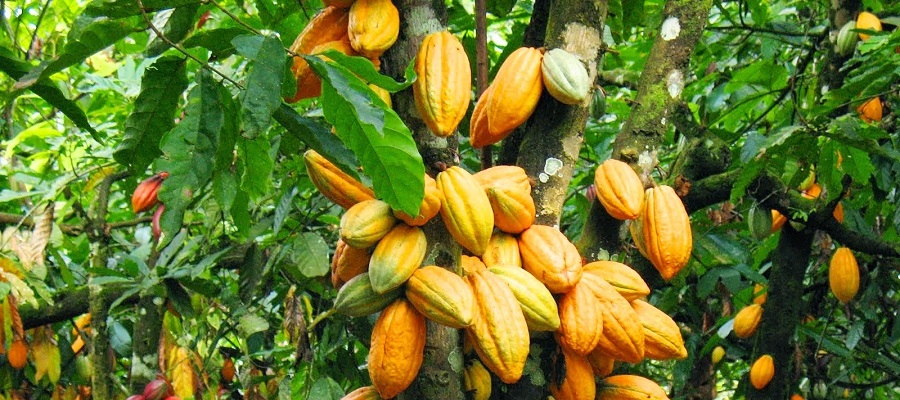Background
There has been a hip trend in Germany's big cities for a few years now. "Urban gardening" - planting urban areas, for example, by greening balconies and courtyards - has become the epitome of trendy eco-living in the modern city. While urban gardening primarily reflects a lifestyle, attempts are being made in distant parts of the world to produce food in cities by means of vertical farming.
The population of the earth is growing. That means more and more people need to be supplied with food. Climate change and urbanization are making this more difficult. But technological progress and new scientific findings offer interesting and creative solutions to some of the problems. Vertical farming, for example, promises to reduce the amount of land needed to grow food and shorten transportation distances. In the following article, we will take a look at what the advantages and disadvantages of this method are and how vertical farming could affect us in Germany.
The Story
The scientist Dickson Despommier taught at Columbia University in New York. Together with his students, he came to the conclusion that it was time for a more positive way of thinking with regard to the food problem of the world's population. They considered planting all the rooftops in New York to solve the problem that there is hardly any space to grow plants in the densely populated metropolis. However, this proposed solution would have served only two percent of the total population in New York. So in 1999, the group developed the idea of planting vertically to grow more crops in the same amount of space. The idea of "vertical farming" was created.
Vertical farming is the production of plant and animal products within the city in multi-story buildings. The method is a type of urban agriculture. In the building complexes, fruits, vegetables and, for example, seaweed are grown on several superimposed levels throughout the year. The cultivation takes place under greenhouse conditions and based on circular economy and hydroponics. The plants are illuminated by LED lamps.
Up to 30 harvests per year
As with most new technologies that interfere with people's daily lives and culture, proponents and opponents argue about the value of vertical farming.
More and more people are moving to the city. That means more and more food has to be brought to them. That, in turn, is bad for the carbon footprint. Proponents therefore see vertical farming as an opportunity to supply cities with locally grown and fresh food in the shortest possible way. As the world's population grows, more land will inevitably be needed for housing, factories and, above all, food cultivation. Even sufficiency efforts can at best slow down the consumption of land, but not stop it. Rainforests, for example, which have to be cleared to gain land, suffer as a result. Vertical farming is an efficient solution for making better use of land. Cultivation in a building also means that no pesticides are needed. Crop failures due to heavy rain or drought are eliminated.
From an economic point of view, vertical farming also offers advantages over field farming: thanks to the controlled environmental conditions, constant harvests are achieved. In addition, plants grow faster due to the effective supply of nutrients. According to the farm operators, the rapid growth and controlled weather conditions allow up to 30 harvests a year for some crops, compared to two to three in field farming. Whereby it must be added here that this cannot apply to all plants.
In his book "The Vertical Farm: Feeding the World in the 21st Century," published in 2010, inventor Despommier even says that vertical farming could satisfy the world's prevailing hunger. In particular, he means that vertical farms can solve the distribution problem. After all, we actually have enough food in the world. But while we in Germany throw away tons of food every year, developing countries have too little to eat. Whether vertical farms will be increasingly cultivated in developing countries and then at an affordable price, however, remains unclear.


